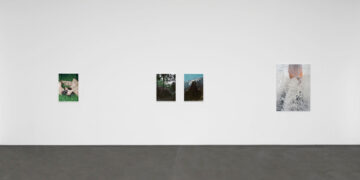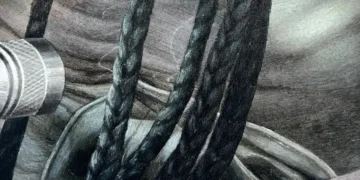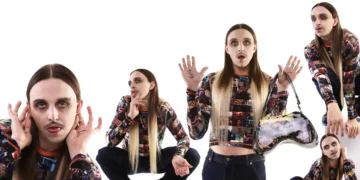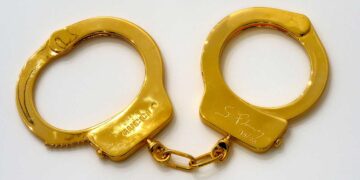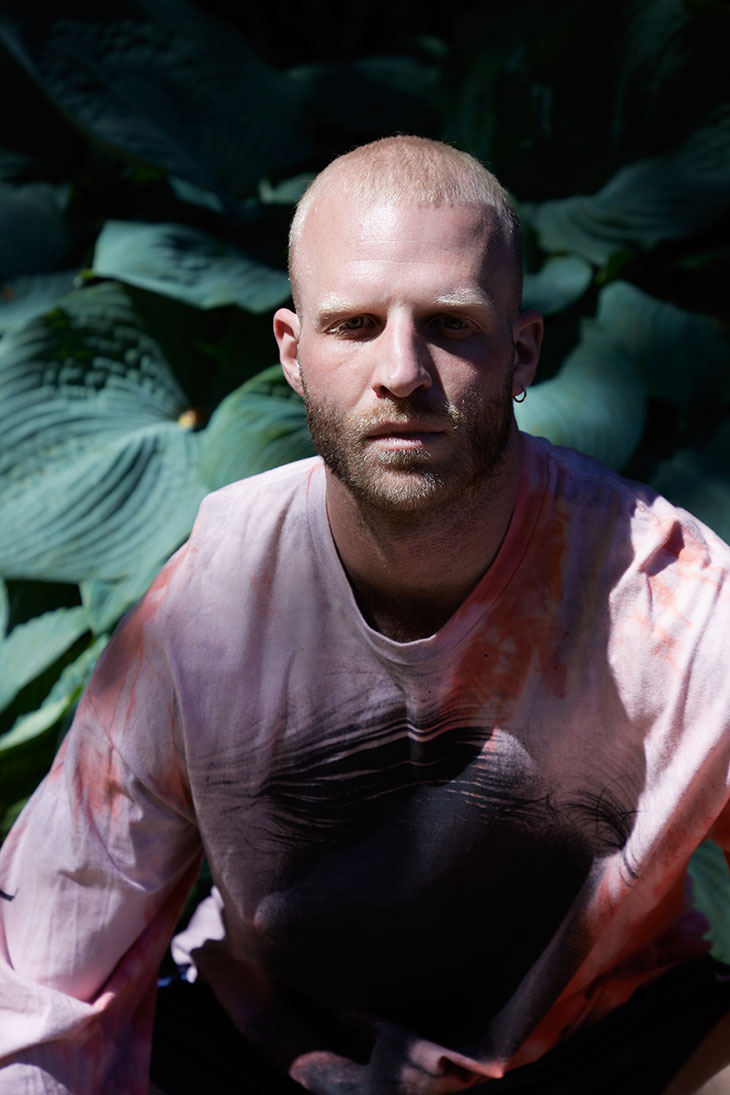
Lukas Städler’s “Hain” series, presented at his solo exhibition “Ouvertüre” at DITTRICH & SCHLECHTRIEM in Berlin, captures the intimacy and sexuality found in Berlin’s cruising spots. By engaging with both friends and strangers, Städler reveals the beauty and complexity of human connections outside conventional spaces. His work challenges traditional documentary norms, as he is a part of the community he documents, fostering a deep sense of trust and authenticity in his portraits, as well as the way he portrays these spaces.
In this exclusive interview for DSCENE Magazine with our Editor, Pavle Banovic, Lukas shares his journey from a teenage photographer to a celebrated visual artist. Initially pursuing a career in fashion design, inspired by his grandmother, Städler’s path took a turn during the Covid lockdown, leading him to specialize in photography at the Ostkreuzschule Berlin. His early experiences in professional dance and fashion design shaped his unique approach to visual storytelling, both and staging.
ART
Exploring themes of queerness and identity, Städler reflects on his own journey and the support he received from his family, despite their unfamiliarity with queerness. His grandmother remains a constant source of inspiration, influencing his aesthetic with her love of kitsch and plastic flowers. Looking ahead, Städler is drawn to the stories of older queer individuals who lived through the HIV crisis, aiming to document their experiences and contributions to the fight for LGBTQ+ rights.
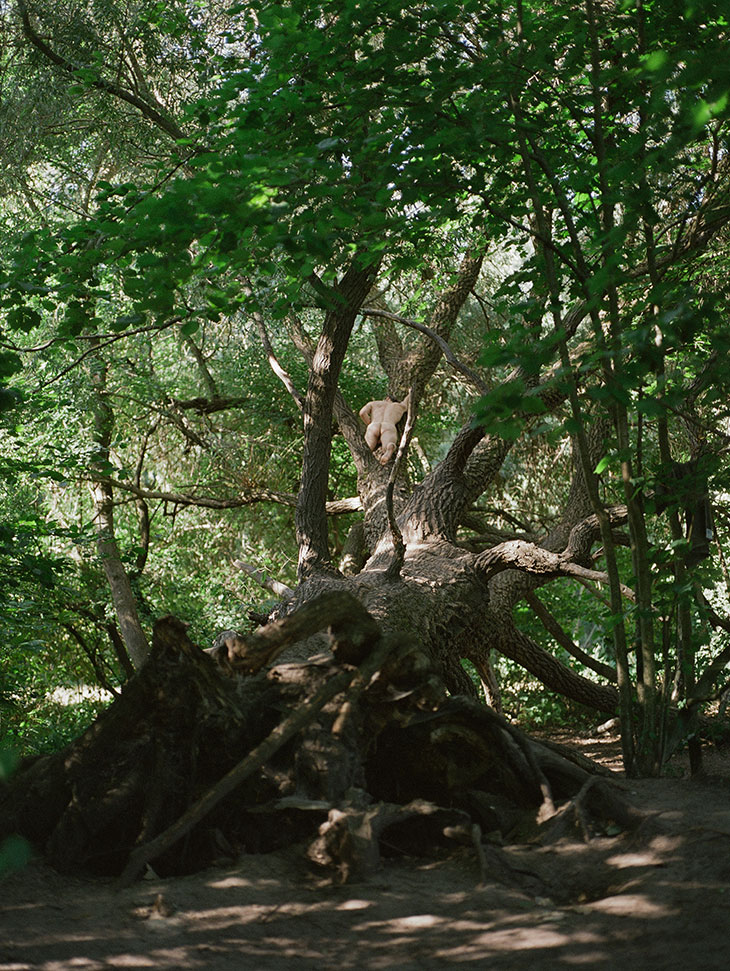
Can you tell us more about your journey into photography and visual arts? Was it something you always envisioned as your career?
Even though I took a lot of photos as a teenager and actually already worked in a similar way with my friends and family, the journey was still a long one. When I was young I did professional dance sport and came to Berlin at the age of 19 to study fashion design. My grandmother, who plays an important role in my work – she was the most photographed person during the last years, taught me to sew at an early age and would have been a great designer herself if she had had the chance.
Even during my fashion design studies I photographed many of my lookbooks myself and it became clear to me relatively quickly that I did not want to work in the industry.
After studying fine art for a while, it was only during the Covid lockdown that I realized that I wanted to specialize in photography and finally started studying photography at the Ostkreuzschule Berlin.

The series “Hain” seems to be a significant part of the exhibition. Can you tell us more about it?
The photos of “Hain” were mainly taken in Berlin’s cruising spots. I sometimes met up with friends and staged them, but I also would find men there, talk to them and ask them if I could take their portraits. It wasn’t my aim to expose anyone, but rather show that beautiful synergy between those different bodies and those special landscapes. At the same time I’m trying to present different kinds of sexualities and intimacies, ways of being with each other outside of the bed- and darkroom.
Your work is quite personal, as you document and portray your own intimacy and that of the community around you. Being vulnerable in this way takes strength. Is it something that came instinctively to you, or did you have to overcome obstacles to do this?
I have always published very personal pictures of people who are close to me and who touched me. This has probably become more intense in recent years, especially through more understanding of myself, my surroundings, romantic encounters and heartbreaks.
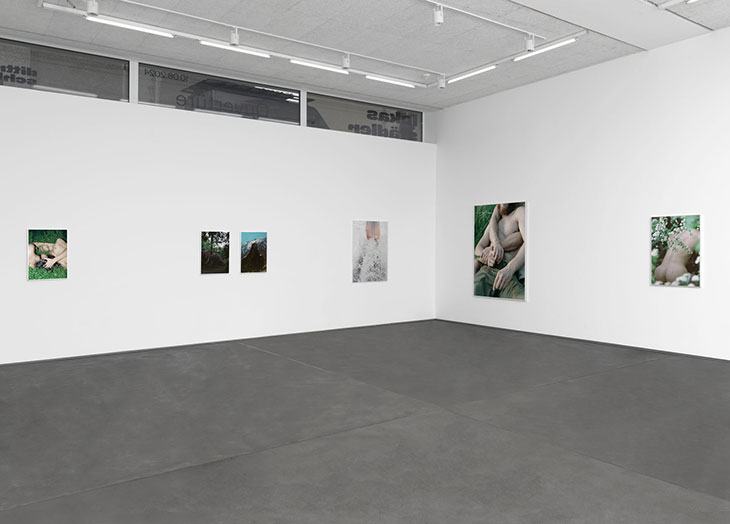
Your work often blends spontaneous, documentary shots with staged ones. How do you see their relationship and importance in regards to storytelling?
The transition is definitely a fluid one, but because I usually spend a lot of time with the people I photograph, talk to them and position them in certain places in those forest and parks, the classic idea of documentary is perhaps not the most appropriate. It’s different with my landscape photographs, which play almost an equally important role in ‘Hain‘.
What is your personal relationship to queerness and understanding your own identity and position in the world?
From the moment I realized my own queerness to the work I am doing today, it was quite a long journey. Coming out wasn’t easy – my family grew up in Kazakhstan and had almost no idea about any queer realities. Anyway, they always supported me and are proud of me, just as I am with them. And I couldn’t be more grateful for the freedom and my additional queer family in Berlin. I hope that shows my cruising-fantasy.
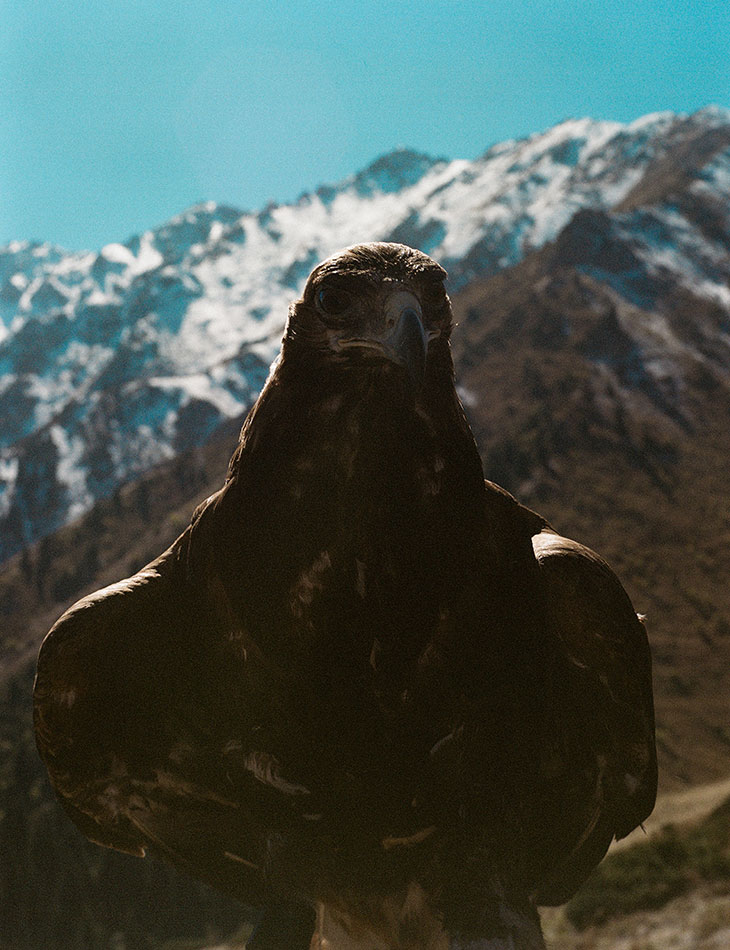
Is there anything that has served as a constant inspiration to you over the years?
Definitely my grandmother, her penchant for plastic flowers and the idea of kitsch that she brought from Kazakhstan and passed on to me.
What’s next for you? What have you been thinking about and researching lately?
In ‘Hain’ I already show older men, these encounters and stories particularly touched me. The queer generation that experienced the HIV crisis and took to the streets for rights – rights that my generation nowadays sometimes takes for granted. I would like to travel to portray and interview more people from this generation.

In the spirit of Pride, could you share some advice with our LGBTQ+ readers on how to take care of themselves both mentally and physically?
Be gentle to yourself and to others, support the people that surround you and spread some love – I think this world needs romance!
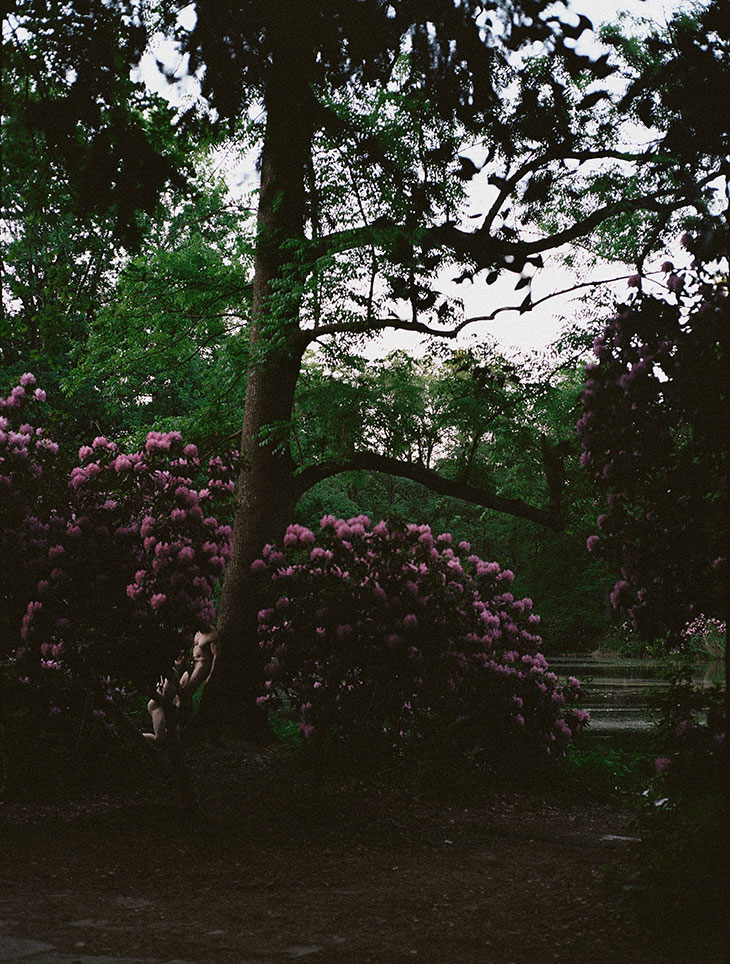
Lukas Städler’s “Hain” (23.8.–9.10.2024) is also the second exhibition in Fotografiska Berlin‘s Emerging Berlin talent program. This initiative supports local photographers by providing exhibition opportunities, mentorship, and connections with industry experts.
Lukas Städler exhibition “Ouvertüre” at DITTRICH & SCHLECHTRIEM Berlin is on view till August 10th.
Keep up with Lukas Städler on Instagram – @lokkas and DITTRICH & SCHLECHTRIEM Gallery @dittrichschlechtriem
